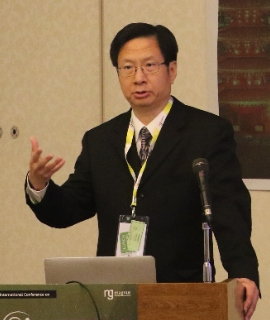Title : Using biology of acupuncture to improve clinical acupuncture and adapt to the pandemic
Abstract:
The growth control organizer model of meridian system and acupuncture set the first example in acupuncture research in successful prediction of multiple research results in both acupuncture and conventional biomedicine with many independent confirmations. This model predicts the effect of acupuncture is similar to that of simulated annealing. The optimization of a physiological process or correction of a pathological process is usually not achieved by specific activation or blockade of a signal transduction pathway but by improving the self-organizing capacity of the system. This implies that the efficacy of acupuncture decreases with patients' age and comorbidities as well as overuse of acupoints – especially in patients with multiple comorbidities. In acupuncture, the advantage of low side effect profile and bidirectional normalization effect is at the expense of treatment specificity. A complete review of Cochrane Database on acupuncture related systematic reviews confirms these predictions on the negative correlation of effect sizes of acupuncture clinical trials with the patients’ age and number of acupoints used. A promising solution to this problem is promoting transcutaneous electrical acupoint stimulation (TEAS) which can be easily adapted to reduce pandemic risk in acupuncture as it can be self-administered, improve cost effectiveness and healthcare market share of acupuncture - especially for frail, elderly patients with multiple comorbidities who often require more frequent and longer duration of treatment to achieve adequate efficacy. TEAS has many advantages over needle acupuncture including lower cost, lower risk, more convenience for patients, easier to standardize and repeat and can be used in telemedicine.



